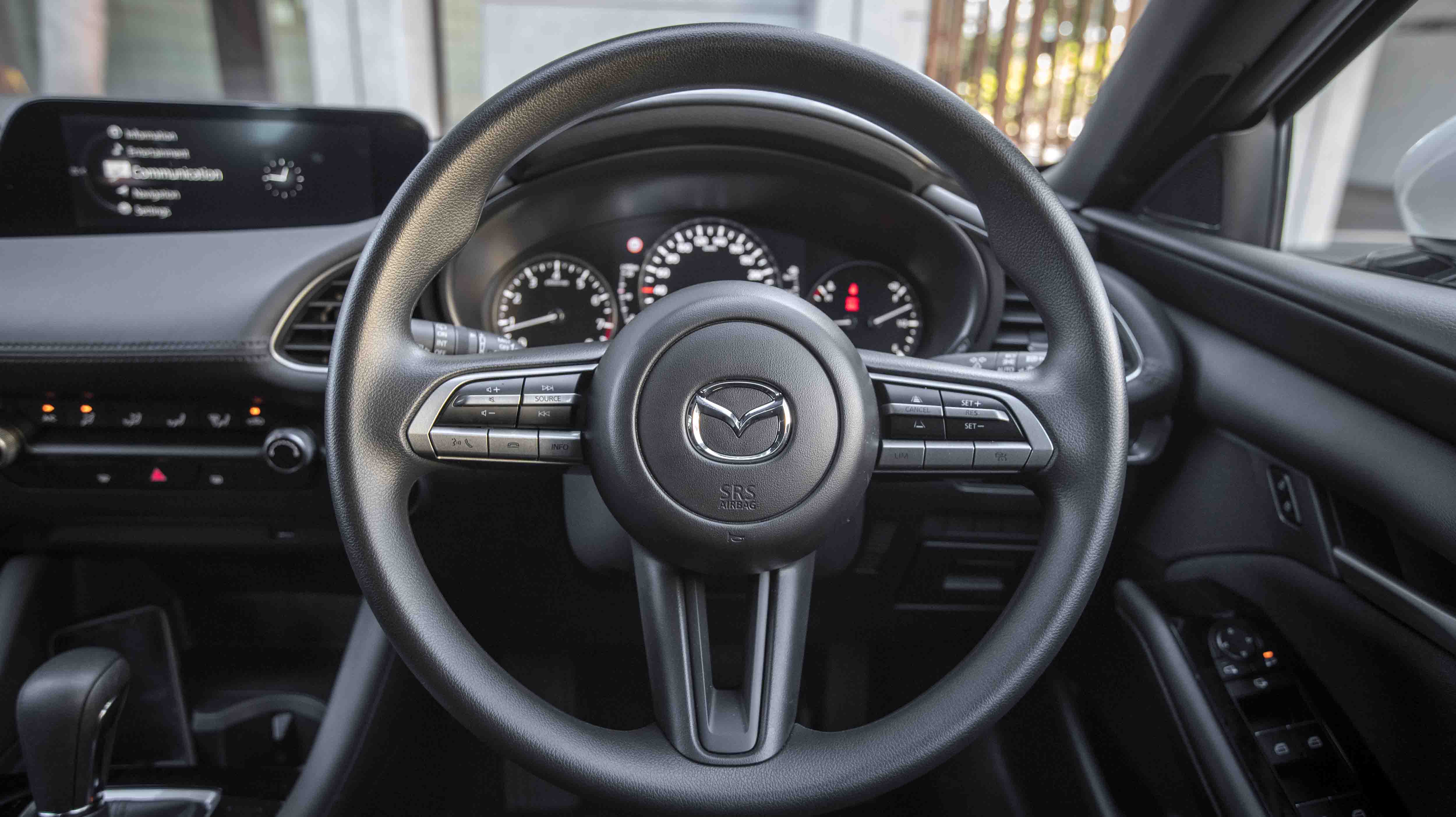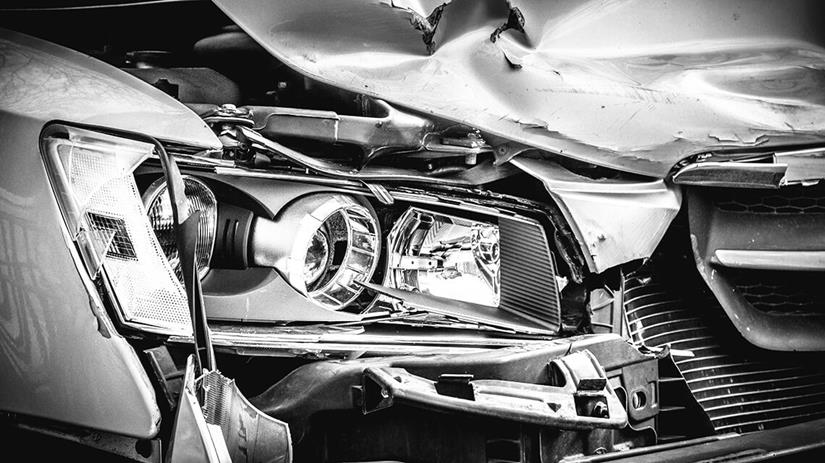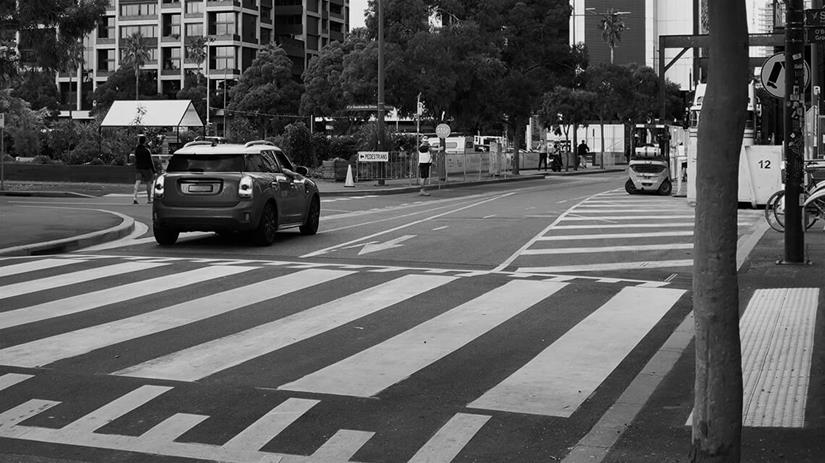We’ve teamed up with the experts at CarAdvice to bring you honest, no holds barred reviews of some of Australia’s most popular vehicles. Here’s what they had to say:
"The new Mazda 3 hatch prioritises sporty looks and luxury features over cut-price positioning and interior space, even more than its predecessor did. It's a step forward that ironically enough will probably have a smaller audience..."
Mazda’s approach to the new-generation ‘3’ hatch is bold. It’s taken an enduringly popular offering in a segment full of conservative rivals, and prioritised design over space while increasing the price of entry in exchange for more technology and a premium cabin feel.
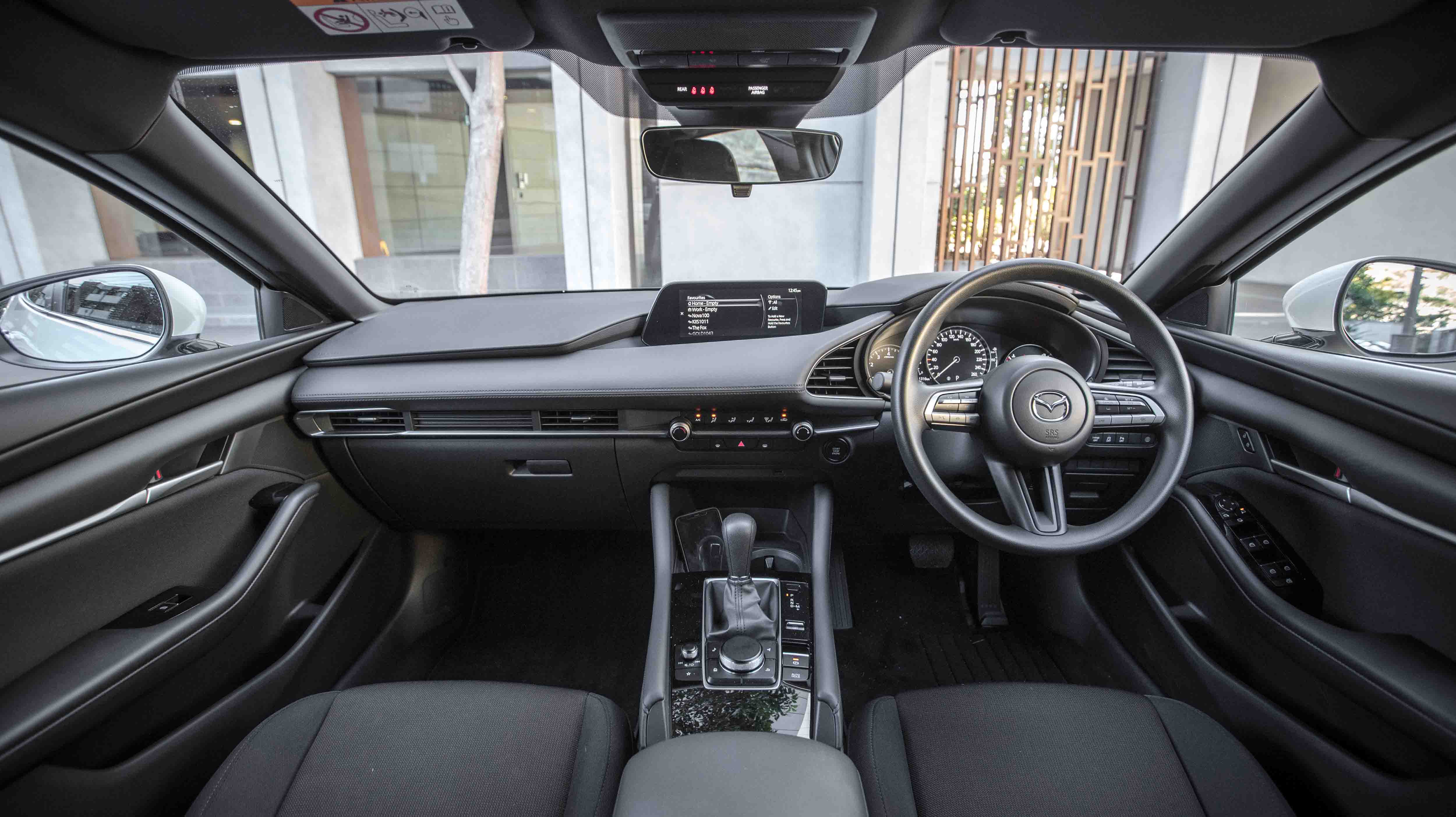
The company’s choices seem to suggest that practicality-minded buyers want SUVs – Mazda offers plenty of those – while bargain hunters buy other brands. This leaves a smaller pool of devotees who want a Volkswagen Golf-like premium feel and some design savoir faire.
What I like about it:
- Bold design stands out, like it or not
- Classy cabin with great driving position
- Long list of tech and safety features
- Improved NVH suppression, steering
- Mazda's excellent customer care assured
The bits that you might want to forget:
- Outward visibility not the best
- Smaller boot than most rivals
- Higher price of entry than before
Without turning this into a spec-sheet rehash, the model walk goes like this: $26,690 gets you a G20 Evolve with 18-inch wheels, climate control, and a leather wheel and gear shifter, while $28,990 gets you the G20 Touring with electric leather seats and keyless entry.
Then there’s the $29,490 G25 Evolve, which is essentially the G20 Evolve with a bigger engine to be detailed in a sec, while the G25 GT is $33,490 and adds features such as nicer-grade heated leather seats and a ramped-up 12-speaker Bose audio system.
Once you hit the flagship G25 Astina at $36,990 you get a sunroof, black wheels, adaptive (auto high-beam) anti-dazzle headlights, a 360-degree around-view camera array, the option of burgundy or black seat leather (the sedan gets white or black), and extra safety tech such as front cross-traffic alert and a driver-drowsiness monitor.
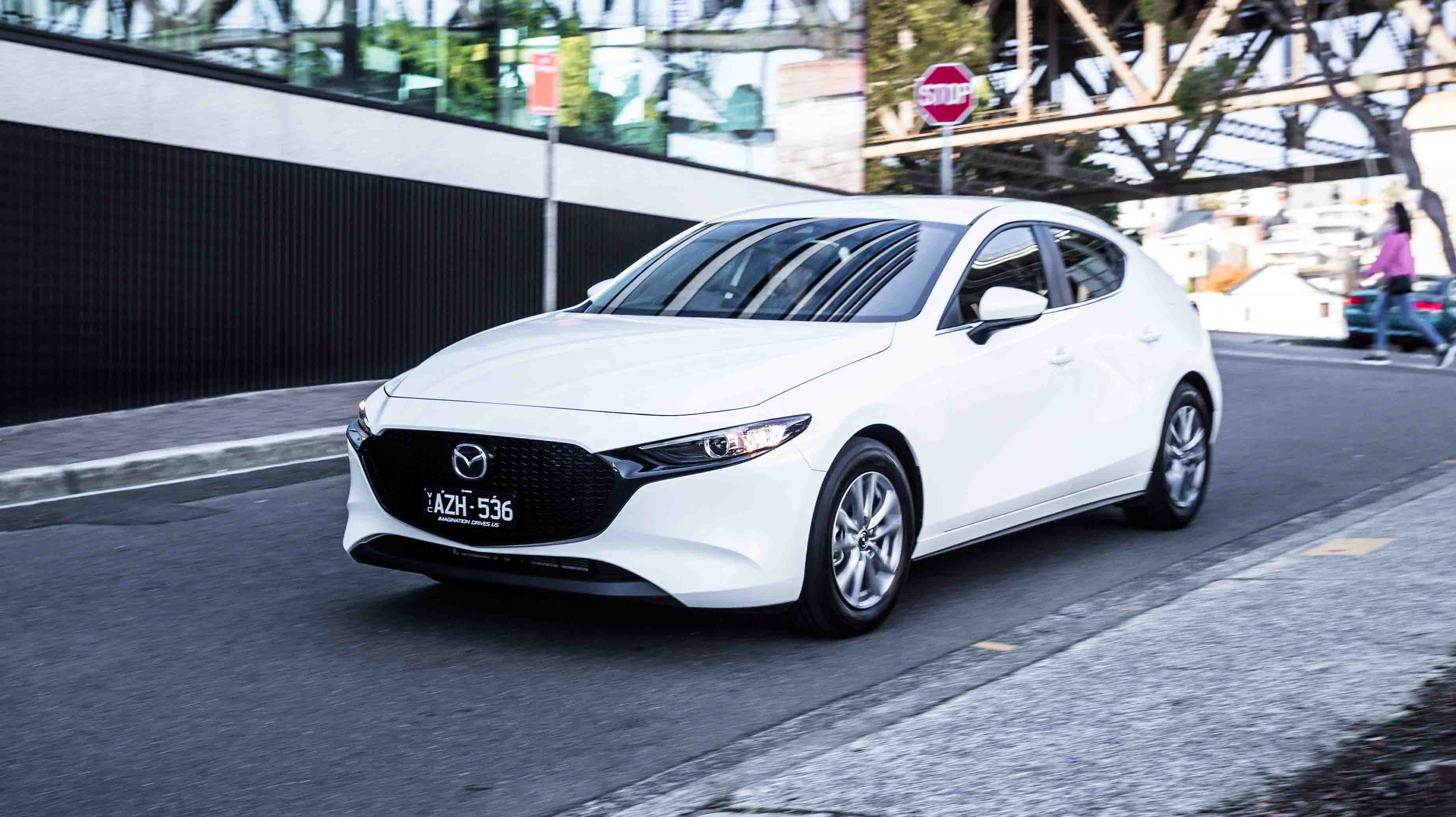
Interestingly, Mazda's research suggests that 55 per cent of buyers will opt for the G20 Pure and Evolve, 60 per cent of buyers will opt for the hatchback rather than the sedan due in a few months' time, and 90 per cent will want the auto.
Right, enough of that. To the outside. The hatch’s exterior design has been a source of polarisation, eliciting strong responses and few fence-sitters. Mazda refers to it as ‘less is more’, as well as ‘sporty and seductive’.
What the waffle means is a reduction of character lines all over, a much sleeker headlight and grille design, and that massive C-pillar giving the car a dynamic stance.
It’s evolutionary, but positioned next to an old one, the differences are obvious. The new hatch is actually slightly lower and shorter than the outgoing model too, but sits on a 25mm-longer wheelbase. It also weighs between 39kg and 55kg more than before, because the body is stronger and stiffer.
The interior layout is more driver-oriented than before, with a cleaner look and more high-grade materials such as copious leather-like dash padding. The cupholders have been moved ahead of the shifter, allowing a longer centre armrest and a bigger console. There’s notably more storage up front than before.
The driving position is low, the vents are tilted in to face you, ditto the new 8.8-inch centre screen that’s been pushed further away, while the head-up display declutters the instruments. It feels rather coupe-like from behind the wheel, actually.
Mazda uses this rather lovely line ‘Jinba-ittai’, which translates to ‘horse and rider as one’. I like that.
Special shout-out to the 12-speaker Bose sound system, which is simply excellent, making Danny Carey’s drum fills and Jonny Greenwood’s guitar distortion work equally well over the course of my playlist.
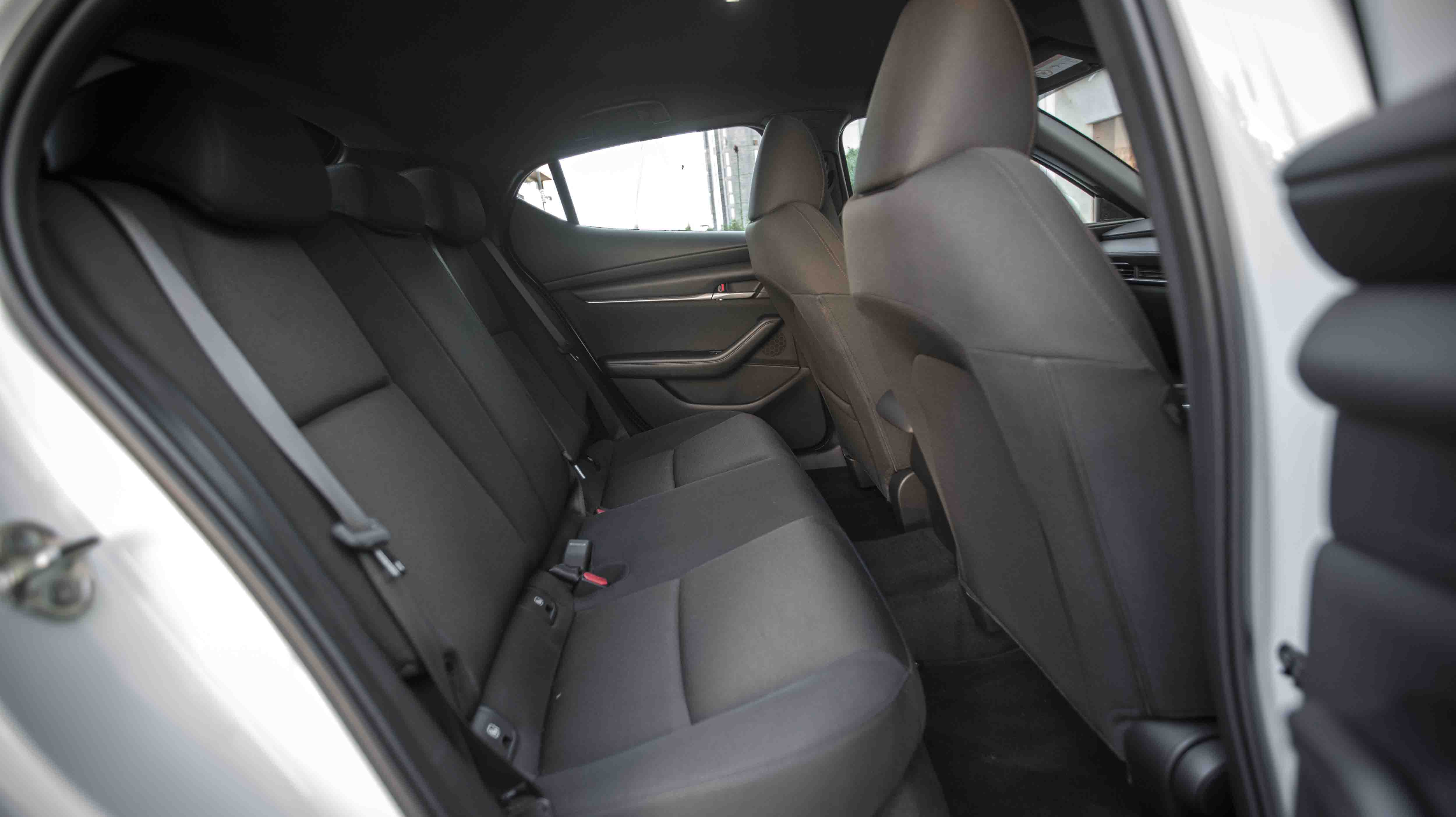
The negatives are actually few and far between up front, given how sporty and luxurious it feels for the class. The more highly specified versions genuinely feel on a par with Lexus, down to the damped and felt-lined glove box. Okay, there’s too much glossy black plastic used, which draws smudges and scratches.
Naturally, the design language deprioritises back seat and boot space, which is something we’ve also criticised the new Corolla for. The back seats aren’t the most capacious out there, and a Honda Civic makes it look pokey indeed, while the small side windows and big rear pillar mean kids will find it hard to see out of.
This too was picked up by Robyn, a CarAdvice reader and Mazda 3 owner who recently submitted her own review and noted; “There is also a huge blind spot on each side. When looking over my left shoulder, in particular, to make sure there is nothing in my blind spot, I feel there isn’t much visibility out the back windows. This is caused by the back part of the rear windows narrowing compared to the front.”
What’s underneath?
Overall, the ride quality is pretty good, with more damping from the tyres and the stiffer body keeping things calmer and more controlled over corrugations. Mazda showed us a video of the driver's head movement over a vertical hit on the new car versus the old, and the reduction was substantial. The more rigid suspension mounts also smooth upward wheel movement.
The steering is direct, and the old model's annoying kickback over mid-corner hits has been comprehensively ironed out. The driving position is simply great.
CarAdvice reader and Mazda 3 owner Patrick sums up his driving experience nicely; “The steering wheel has a beautiful leather finish that is really nice and it doesn’t feel cheap or crap – it’s really nice quality! The seats are nicely bolstered, so it makes cornering super fun when you put your foot down. And with the G-Vectoring tech that it has, it really makes any cornering effortless.”
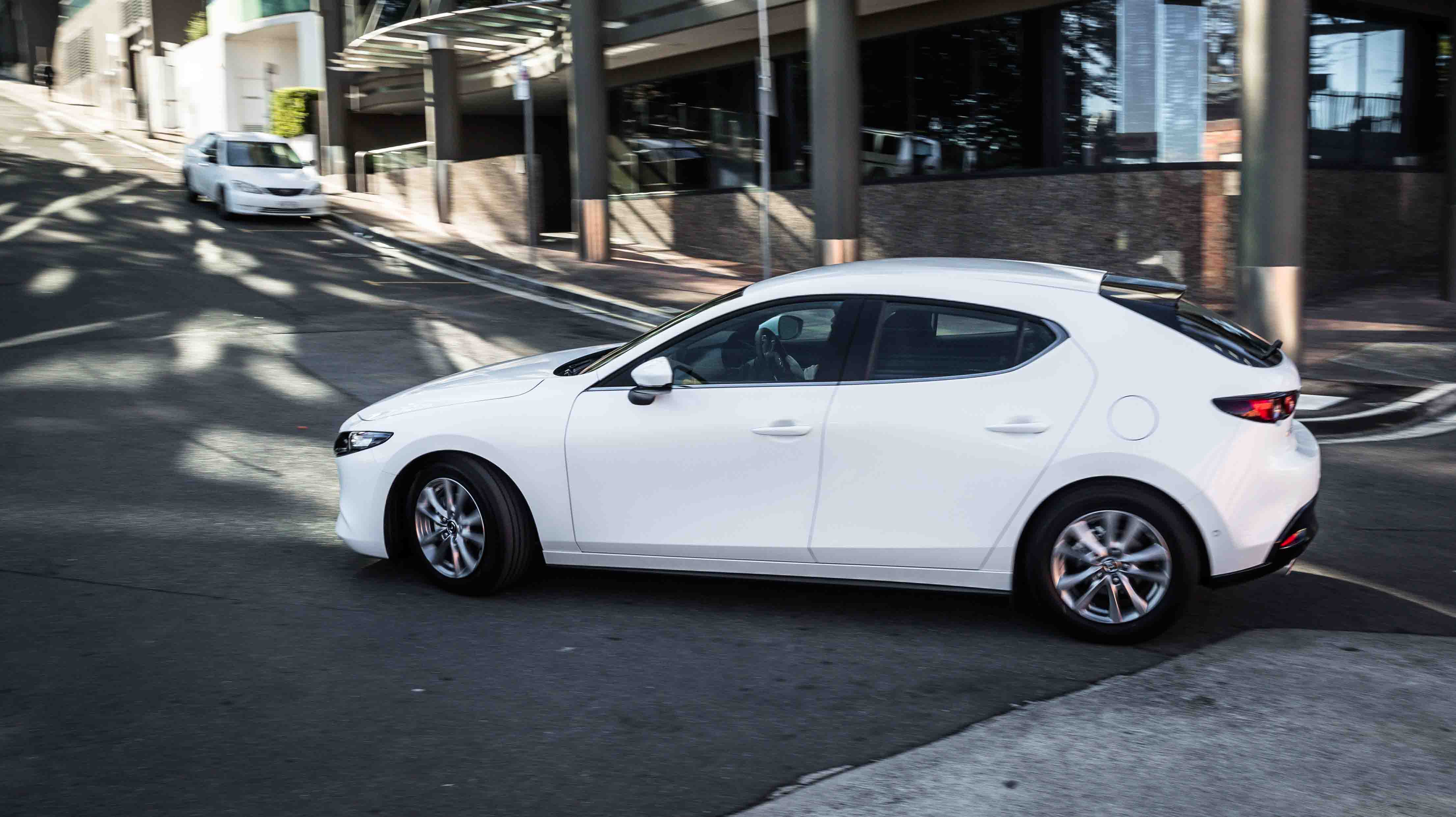
Another CarAdvice reader and Mazda 3 owner Karl summed up his ownership experience with; “I have driven rivals such as the Hyundai i30 and Kia Cerato, both of which have substantially less road noise than the Mazda. Legroom is a bit compromised in the rear, especially for taller people like myself. If you don’t carry rear seat passengers often or for long trips, it isn’t a deal-breaker.”
Ownership-wise, the Mazda 3 will be covered by a five-year warranty with no distance limit and advertised servicing prices with 10,000km intervals between visits (or 12 months, whichever comes first). It's worth noting that Mazda is often one of the market's best performers in customer satisfaction surveys.
If a premium-feeling, sharp-handling, eye-catching small car is what you're after, though, then it mounts a stronger case than ever – just be prepared to pay for the privilege.
